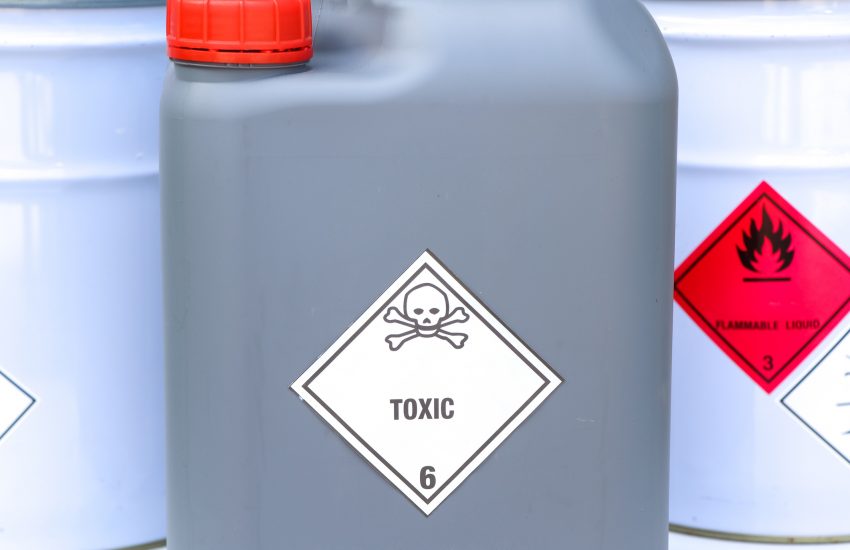Last week, the California Air Resources Board (CARB) was named as a defendant in a new U.S. District Court, Central District of California lawsuit challenging California’s two new climate disclosure and financial reporting laws introduced late in 2023 — Senate bills SB 253 and SB 261.
The case is Chamber of Com. Of the U.S. v. Calif. Air. Res. Bd., C.D. Cal., No. 2:24-cv-00801, complaint 1/30/20. The basis for plaintiffs’ lawsuit claims the two new laws unconstitutionally require disclosure by qualifying public and privately held …
Continue Reading









